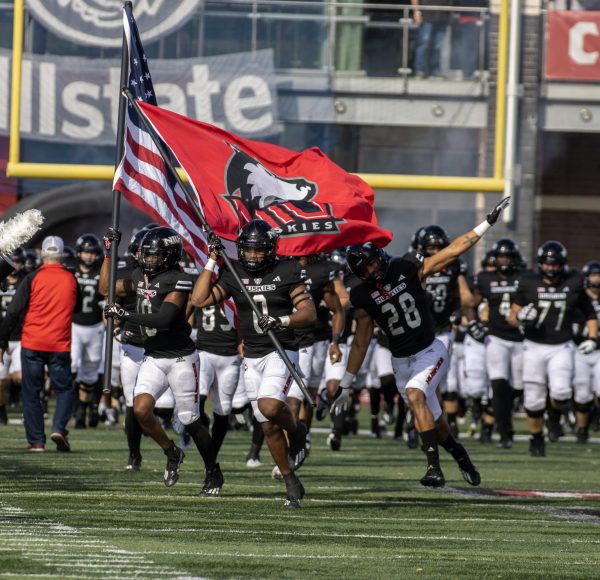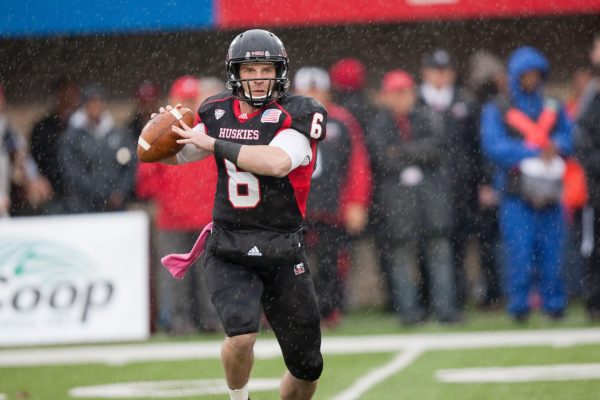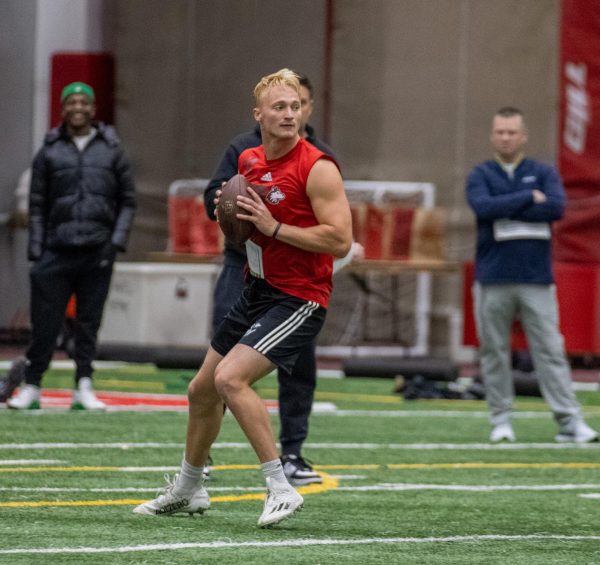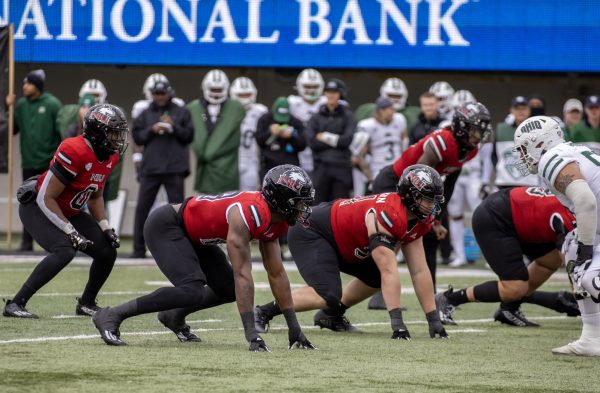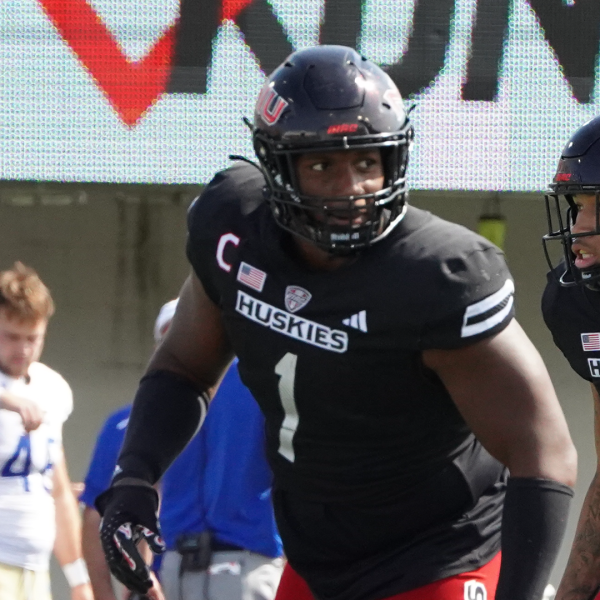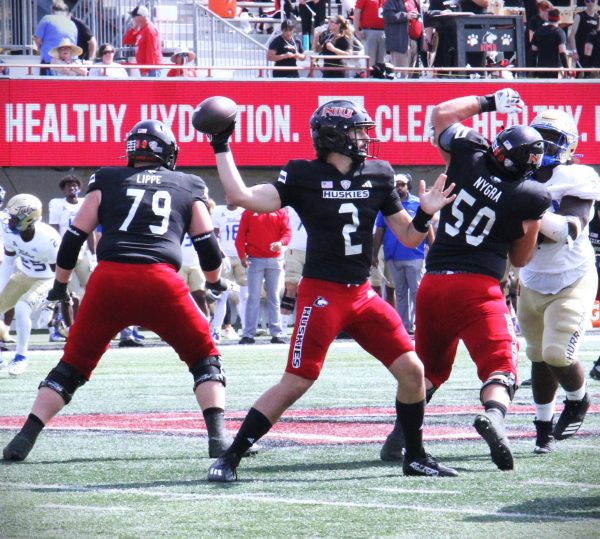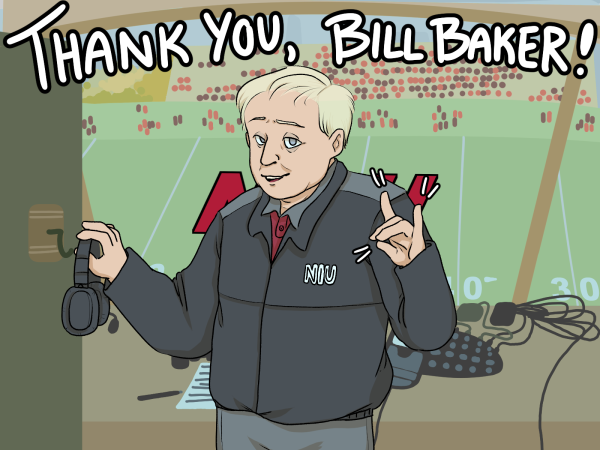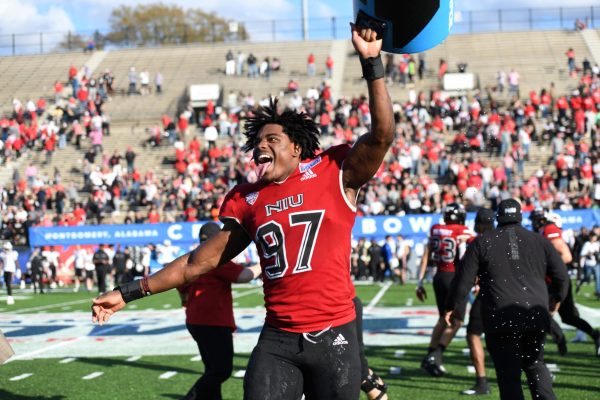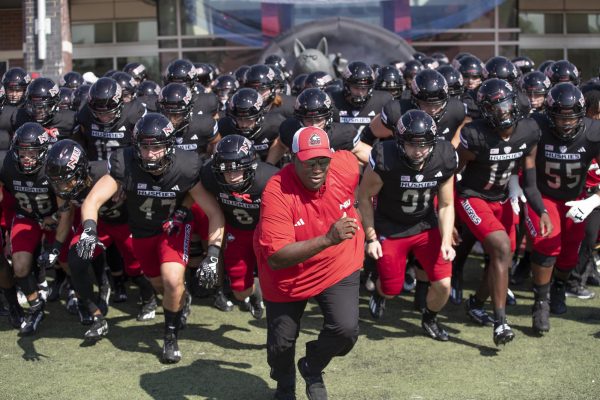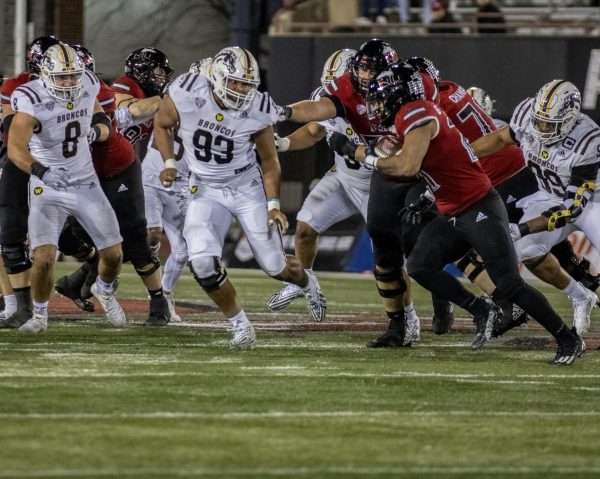NIU’s Grady worries less about technique; more about timing
August 25, 2010
DeKALB | Fundamentally, the laces of a football are the quarterback’s road map around the brown, leather pigskin. It is the simplest way to find grip and increase accuracy in the passing game.
At least that’s how things used to be.
In an era of college football where quick passes rule the day, quarterbacks like NIU redshirt junior DeMarcus Grady are adjusting for a quicker release-and leaving the laces behind.
“It all depends on the play,” Grady said. “Now, with our quick game, coaches want us to get the ball out so quick that sometimes it’s just a catch and throw. I don’t have time to find the laces.”
The biggest factor in throwing without laces is feel. For quarterbacks with bigger hands, such as Grady, the difference in feel is essentially a non-factor because he is still able to get a good grip on the football. A good grip on the football, laces or not, is the biggest aid for a quarterback when trying to throw accurate passes.
It can be a harsh downward spiral for any quarterback when he’s not accurate. Off-the-mark passes can lead to a stalled offense or, worse yet, turnovers, whether it be an interception or a fumble caused by a bad grip on the ball when dropped back for a pass.
“It’s something that I just do on my own,” Grady said of working on taking the snap without laces. “I continue to work at it so when it comes to game-time situations I don’t have that problem.”
Throwing without laces isn’t a new concept to Grady, and the same goes for the Mid-American Conference. Ball State’s Nate Davis grabbed national headlines during the 2008 campaign for throwing almost exclusively without laces, while also leading the Cardinals to a 12-2 record.
Grady said he started throwing without laces when he was younger, and it’s something that is becoming second nature for the signal caller. He added that he has probably been throwing without them longer than former MAC rival Davis.
Even though a non-laces approach is old news for Grady, it still involves work. Practice, after all, doesn’t hold the same intensity or weight that a game does. So to avoid any unnecessary mistakes such as mistimed passes or fumbles, Grady, along with the other quarterbacks, keeps on working.
“[Quarterbacks] coach [Jim] Zebrowski has been working along with all the quarterbacks on being able to catch and throw without necessarily getting laces,” said NIU offensive coordinator Matt Limegrover. “Time is of the essence. It could be the difference between a big play and a zero-gain play.”
To work on the quick-timing plays, Zebrowski has taken the simple approach of repetitions. The quarterbacks throw a series of balls and gradually see the speed in which they need to release the pass increased.
Limegrover said afterward, the staff can evaluate how their accuracy was and see what needs to be changed, if anything.
“If there’s something consistently happening, then mechanically you can change that,” Limegrover added. “Otherwise it’s just a lot of reps.”



